Bezpečná a spolehlivá Ethereum Name Service peněženka
Převezměte kontrolu nad svými Ethereum Name Service aktivy s úplnou důvěrou v ekosystém Trezor.
- Zabezpečeno vaší hardwarovou peněženkou
- Použití s kompatibilními online peněženkami
- Důvěra více než 2 milionů zákazníků
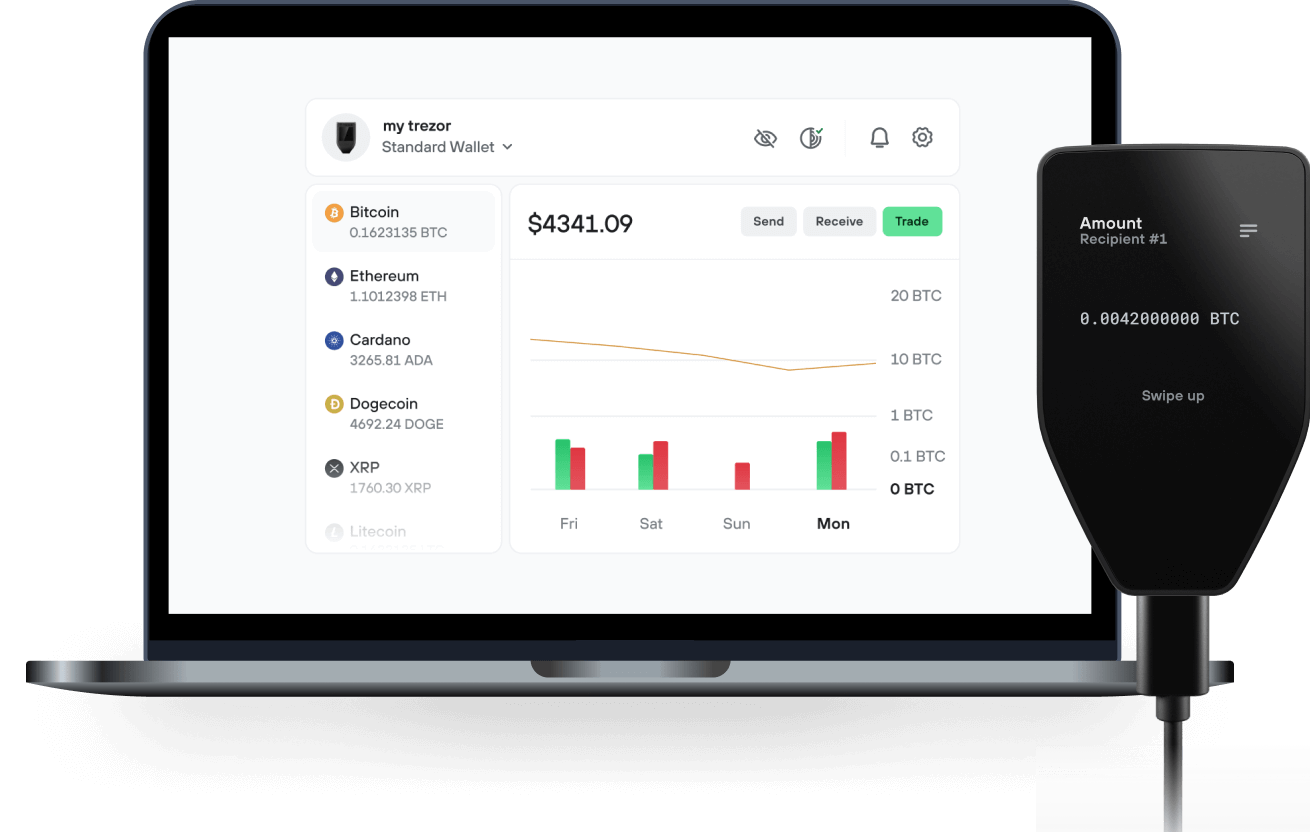
Odesílejte a přijímejte své Ethereum Name Service s aplikací Trezor Suite

Odeslat a přijmout

Koupit a swapovat
Hardwarové peněženky Trezor podporující Ethereum Name Service
Synchronizace zařízení Trezor s aplikacemi peněženky
Spravujte své Ethereum Name Service pomocí hardwarové peněženky Trezor synchronizované s několika aplikacemi peněženek.
Trezor Suite
MetaMask
Rabby
Podporovaná Ethereum Name Service síť
- Ethereum
Proč hardwarovou peněženku?
Přejděte do offline režimu s peněženkou Trezor
- Vlastníte 100 % svého krypta
- Vaše peněženka je 100% bezpečně offline
- Vaše data jsou 100 % anonymní
- Vaše krypto není vázáno na žádnou společnost
Online burzy
- Pokud burza zkrachuje, přijdete o všechno své krypto
- Burzy jsou cílem hackerů
- Vaše osobní údaje mohou být zneužity
- Své krypto reálně nevlastníte
Jak na ENS s peněženkou Trezor
Připojte svůj Trezor
Nainstalujte aplikaci Trezor Suite
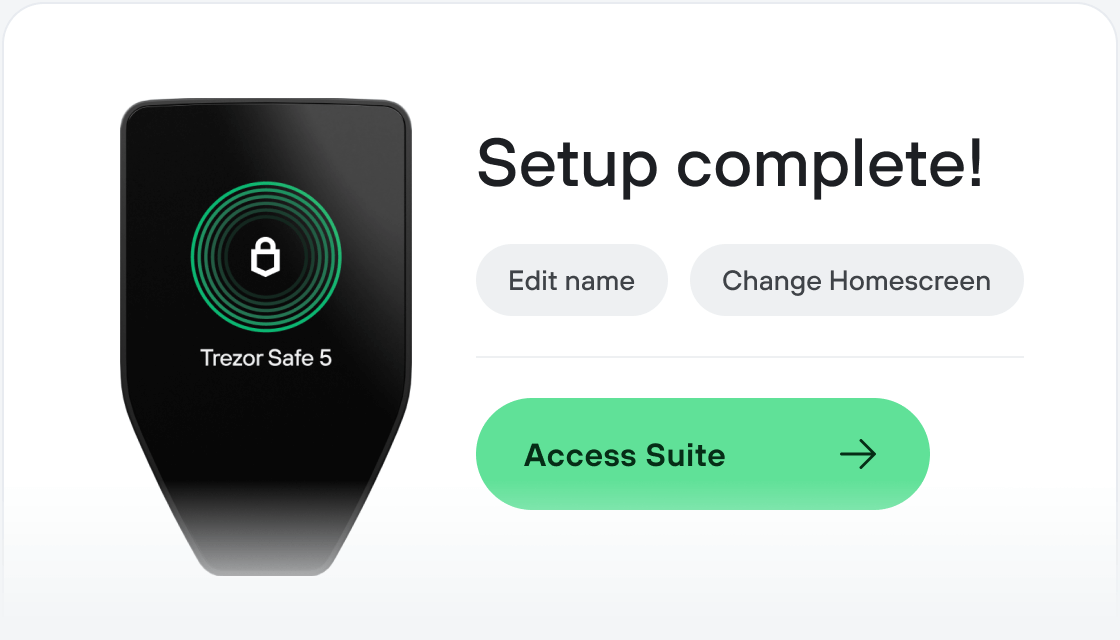
Převeďte své ENS
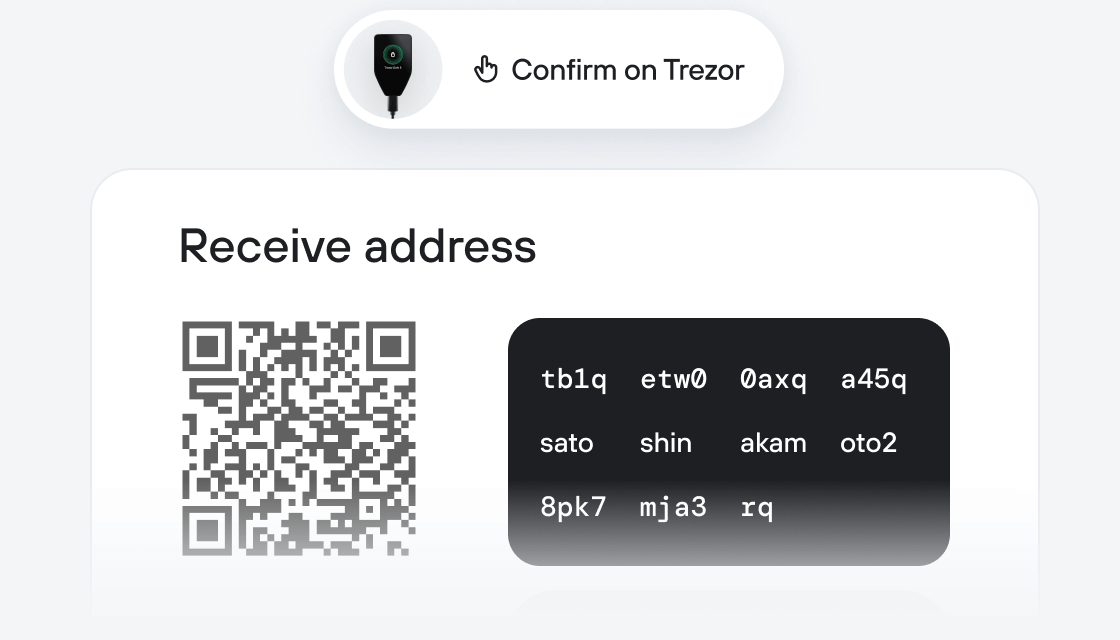
Využijte svůj ENS naplno
Trezor bezpečně uchovává vaše ENS
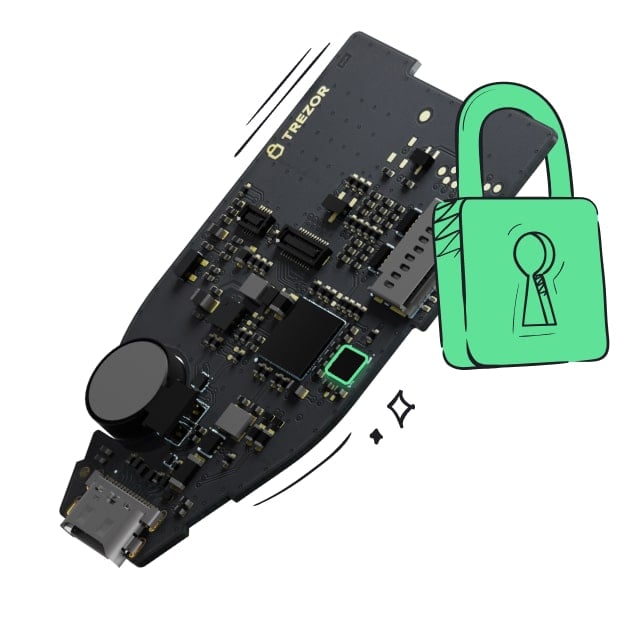 Chráněno pomocí Secure Element
Chráněno pomocí Secure ElementNejlepší obrana proti online i offline hrozbám
 Vaše tokeny, vaše kontrola
Vaše tokeny, vaše kontrolaAbsolutní kontrola každé transakce s potvrzením na zařízení
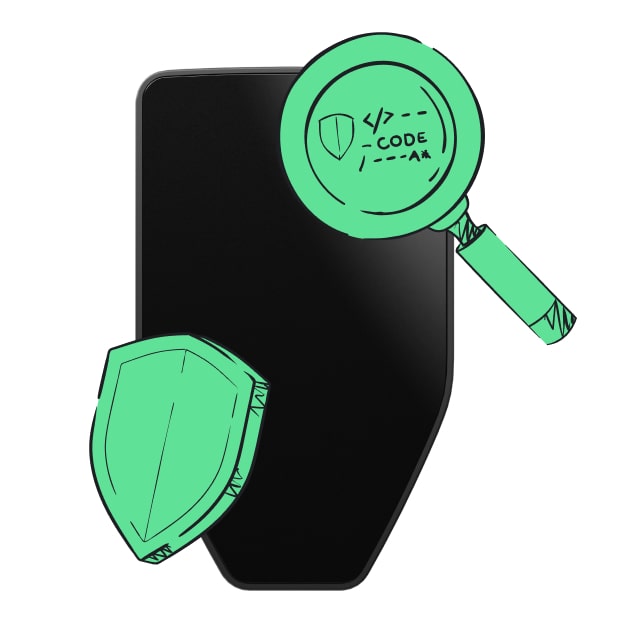 Zabezpečení začíná u otevřeného zdroje
Zabezpečení začíná u otevřeného zdrojeDíky transparentnímu designu je vaše peněženka Trezor lepší a bezpečnější
 Jasná a jednoduchá záloha peněženky
Jasná a jednoduchá záloha peněženkyObnovení přístupu k digitálním aktivům pomocí nového standardu zálohování
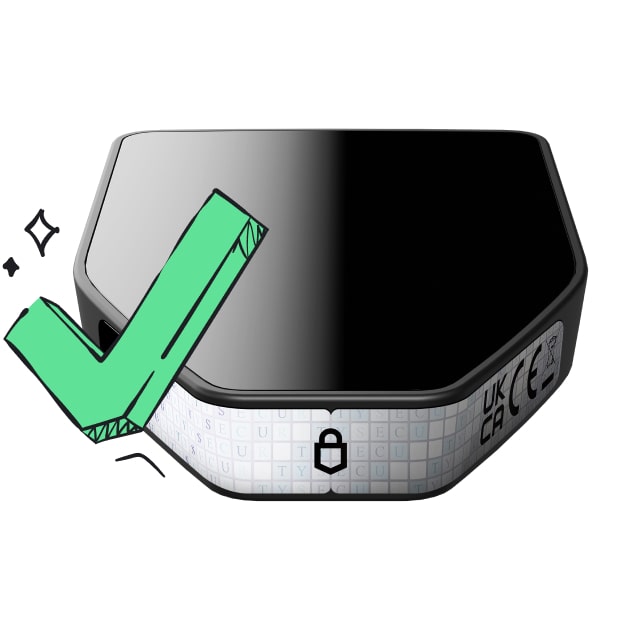 Důvěra od prvního dne
Důvěra od prvního dneBezpečnostní samolepky na obalech a zařízeních chrání neporušenost vašeho zařízení Trezor
The Ethereum Name Service (ENS) is a distributed, open, and extensible naming system based on the Ethereum blockchain.
ENS’s job is to map human-readable names like ‘alice.eth’ to machine-readable identifiers such as Ethereum addresses, other cryptocurrency addresses, content hashes, and metadata. ENS also supports ‘reverse resolution’, making it possible to associate metadata such as canonical names or interface descriptions with Ethereum addresses.
ENS has similar goals to DNS, the Internet’s Domain Name Service, but has significantly different architecture due to the capabilities and constraints provided by the Ethereum blockchain. Like DNS, ENS operates on a system of dot-separated hierarchical names called domains, with the owner of a domain having full control over subdomains.
Top-level domains, like ‘.eth’ and ‘.test’, are owned by smart contracts called registrars, which specify rules governing the allocation of their subdomains. Anyone may, by following the rules imposed by these registrar contracts, obtain ownership of a domain for their own use. ENS also supports importing in DNS names already owned by the user for use on ENS.
Because of the hierarchal nature of ENS, anyone who owns a domain at any level may configure subdomains - for themselves or others - as desired. For instance, if Alice owns 'alice.eth', she can create 'pay.alice.eth' and configure it as she wishes.
ENS is deployed on the Ethereum main network and on several test networks. If you use a library such as the ensjs Javascript library, or an end-user application, it will automatically detect the network you are interacting with and use the ENS deployment on that network.